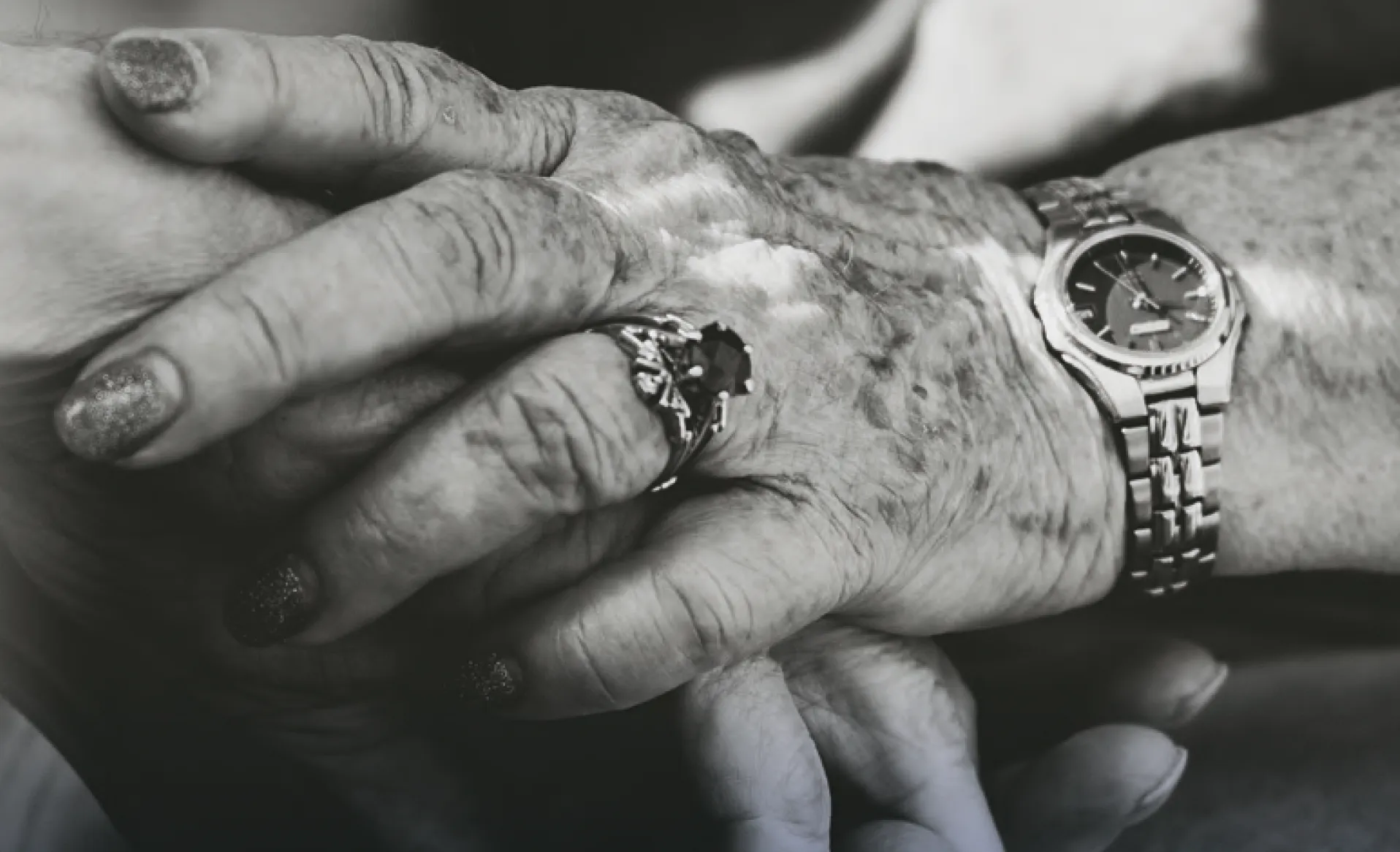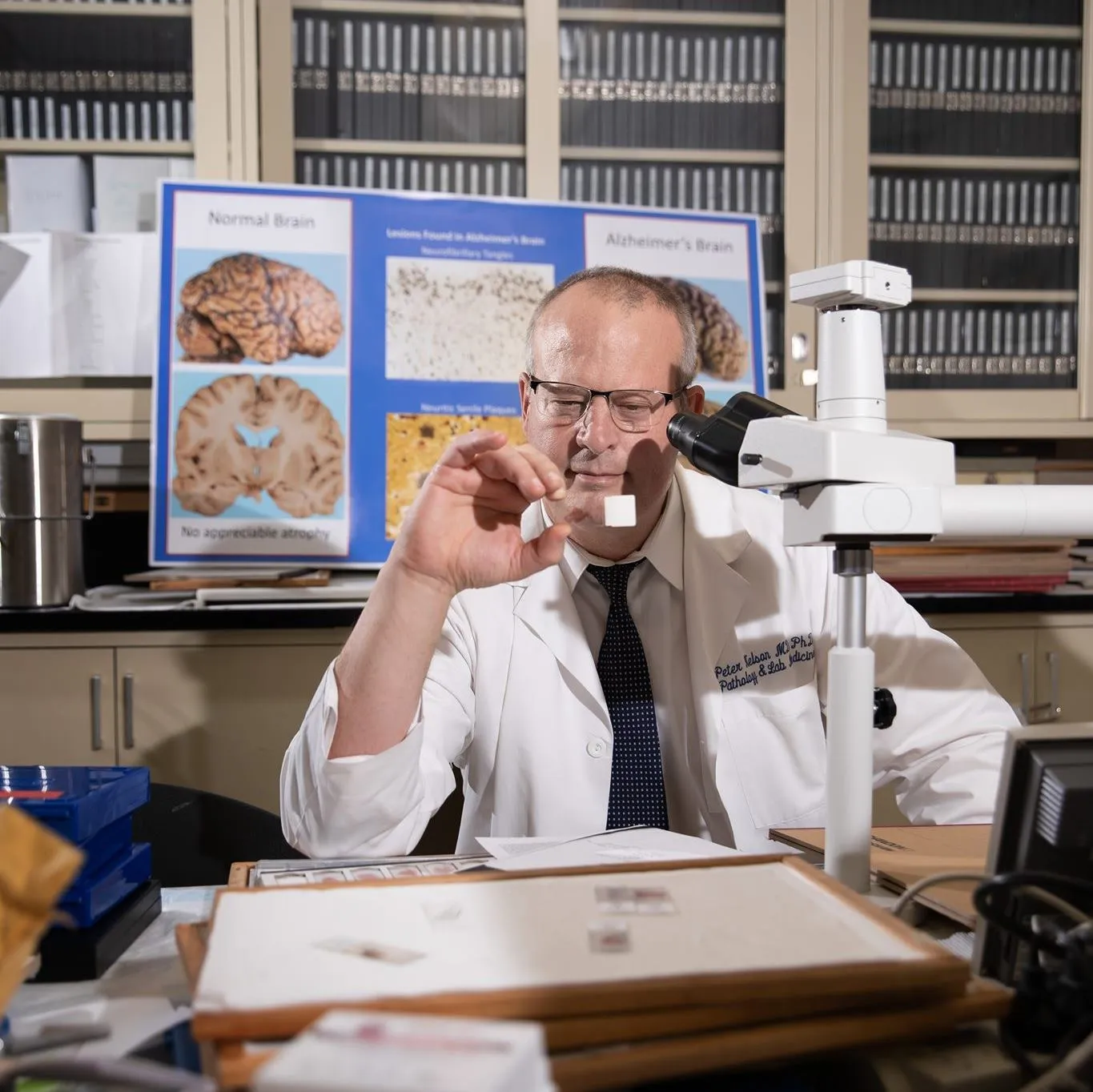Sanders-Brown Center on Aging
At the University of Kentucky Sanders-Brown Center on Aging (SBCoA) basic and clinical scientists work together to improve the health of older adults in Kentucky and beyond through research dedicated to understanding the aging process and age-related brain diseases. SBCoA provides education, outreach, and clinical programs that promote healthy brain aging.
Over the past four decades, SBCoA has flourished and has emerged as one of the nation's leading centers on aging. Major foci of the Center are basic and applied research in Alzheimer's disease and related neurodegenerative disorders.


Alzheimer's Disease Research Center
An integral part of SBCoA is the National Institute on Aging-funded University of Kentucky Alzheimer's Disease Research Center (UK-ADRC). Over the past 40 years, the UK-ADRC has developed a vigorous program in the clinical, neuropathological, educational, and research aspects of Alzheimer's disease that serves as a critical resource for the university, community, state, and nation. Currently, only 37 designated Alzheimer's Disease Research Centers exist in the U.S. In 1985, SBCoA was among the first 10 ADCs funded by the NIH and has been continuously funded since the designation was launched.
